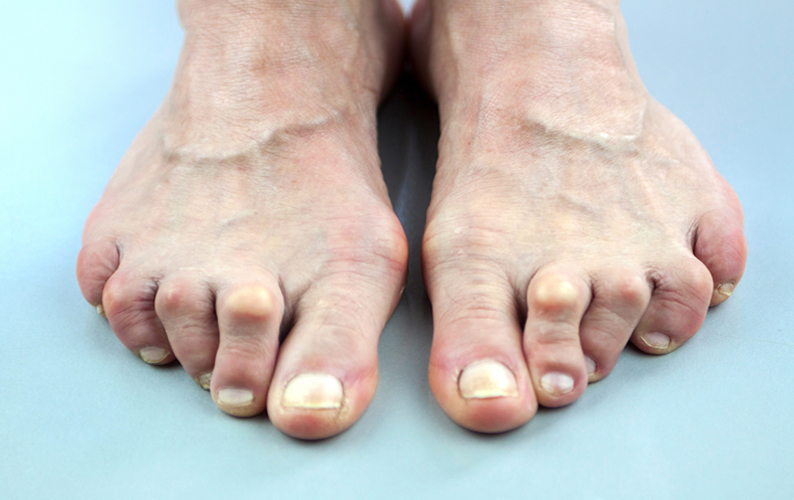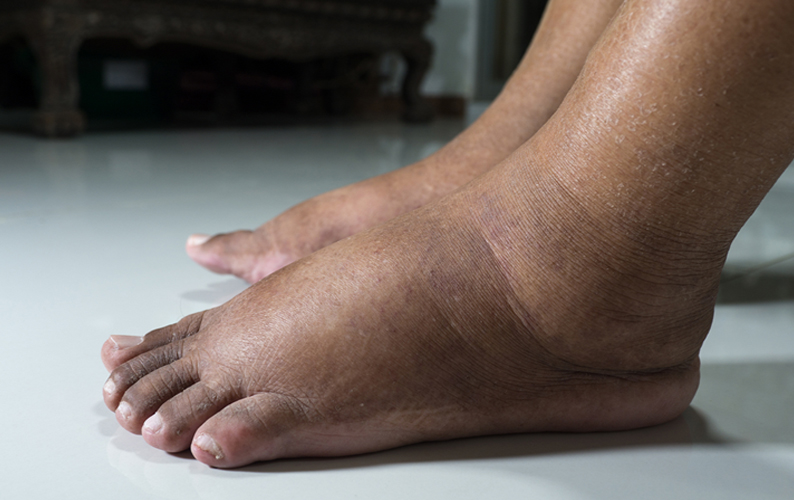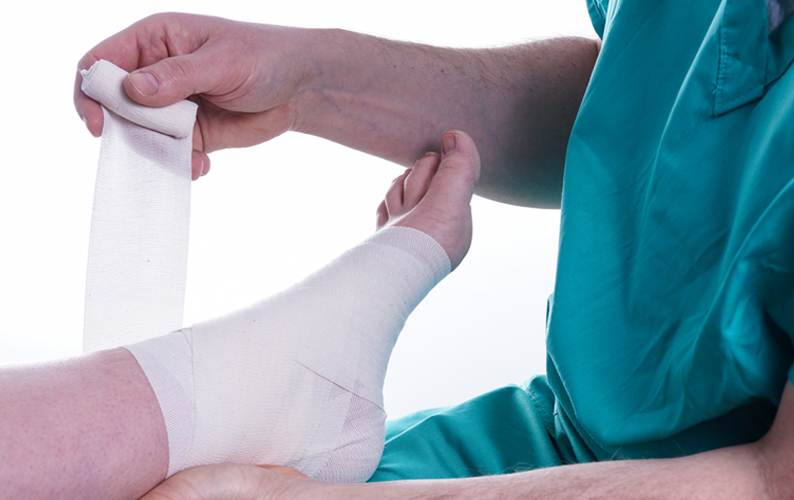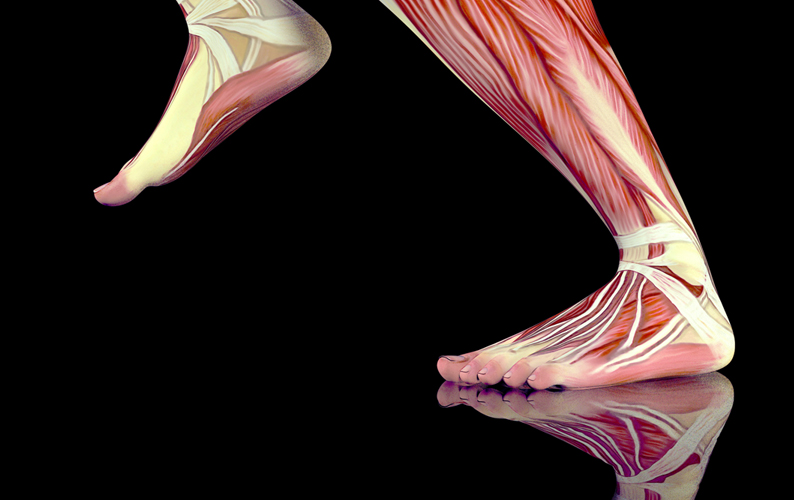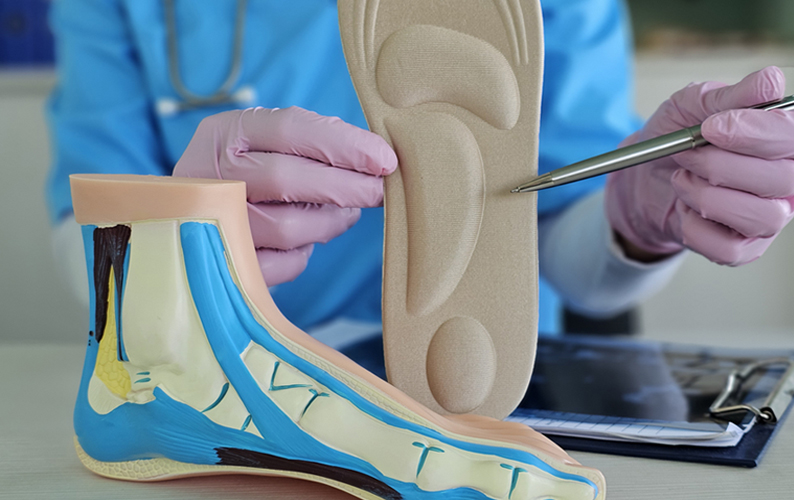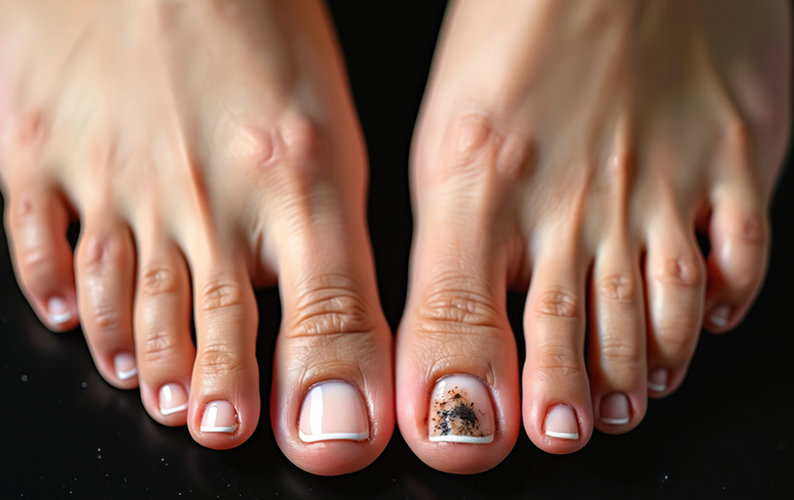SERVICES
At Barrett Parkway Foot and Leg Specialists, we believe that education is just as important as expert podiatric medicine and surgery. Our mission centers on inclusivity, encouraging active lifestyles and emphasizing the value of both prevention and timely intervention. During every visit, you’ll meet directly with our physician to ensure a personalized, collaborative approach to your complete foot and ankle care.
F.A.Q.
What is a Podiatrist?
A podiatrist is a Doctor of Podiatric Medicine (DPM)—a medical specialist trained to diagnose, treat, and perform surgery on conditions affecting the foot, ankle, and related structures of the lower leg.
Why Should I See a Podiatrist?
Your feet are intricate structures—serving as stabilizers, shock absorbers, and engines of movement—all essential to your overall health and mobility. Because of their complexity and importance, they deserve expert care. When choosing a healthcare provider for foot and ankle concerns, look for the letters “DPM” (Doctor of Podiatric Medicine). This designation signifies that the physician has undergone extensive education and specialized training in podiatric medical school and hospital-based residency, making them uniquely qualified to treat foot and ankle conditions.
How Are Podiatrists Trained?
Podiatrists undergo four years of education at a podiatric medical school, followed by three years of hospital-based residency training—comparable to the training of other medical doctors. Many also pursue additional fellowship training to further specialize their expertise. Podiatrists may focus on various areas of care, including surgery, sports medicine, wound care, pediatrics, and diabetic foot management.
Are Podiatrists Board Certified?
Podiatrists can earn board certification with advanced training, clinical experience, and by ultimately taking an exam. The American Board of Foot and Ankle Surgery and the American Board of Podiatric Medicine are the certifying boards for the field.
Insurance
We accept and are in-network with virtually all insurance plans including Medicare and Medicaid products and HMO’s.
Other plans may include Blue Cross, Aetna, Cigna, Humana, and Tricare.
We attempt to make all visits and services including prescriptions as affordable as possible.
There is cash discount pricing for those that do not have insurance and financing is available through CareCredit.
Click any image or text to learn more.

Arthritis
Arthritis is a common condition that affects the joints—and the feet are no exception.

Biomechanics
Biomechanics is the study of how your body moves—especially how your bones, muscles, joints, and tendons work together to support motion.

Diabetes
Diabetes and cardiovascular disease can significantly impact foot health, increasing the risk of poor circulation, nerve damage, and slow-healing wounds.

Diabetic Shoes
Protect Your Feet. Preserve Your Health. Diabetic shoes—also known as extra-depth or therapeutic shoes—are specially designed to reduce the risk of foot injuries and complications often associated with diabetes.

Foot & Ankle Injuries
Foot and ankle injuries are among the most common musculoskeletal issues, affecting people of all ages and activity levels.

Foot & Ankle Surgeries
When conservative treatments aren’t enough, surgical intervention may be the best path toward lasting relief and improved mobility.

Heel Pain
Heel pain is one of the most common reasons patients seek podiatric care.

Muscle & Tendon Problems
Muscle and tendon issues in the feet and ankles—such as tendonitis, strains, or overuse injuries—can cause pain, swelling, and limited movement.
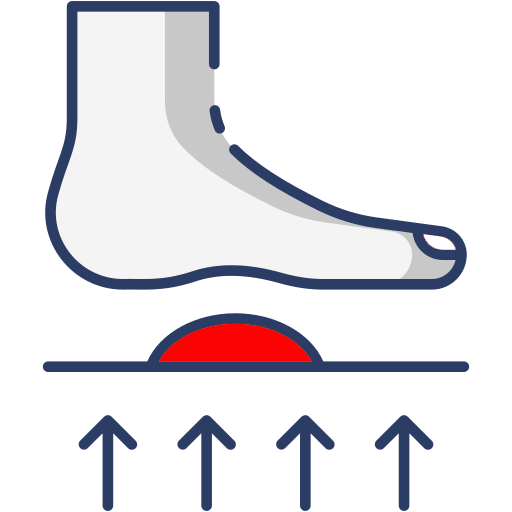
Orthotics
Orthotics are custom-made shoe inserts designed to support, align, and improve the function of your feet.

Skin Disorders
The feet are prone to various skin conditions, including athlete’s foot, warts, corns, calluses, and fungal infections.
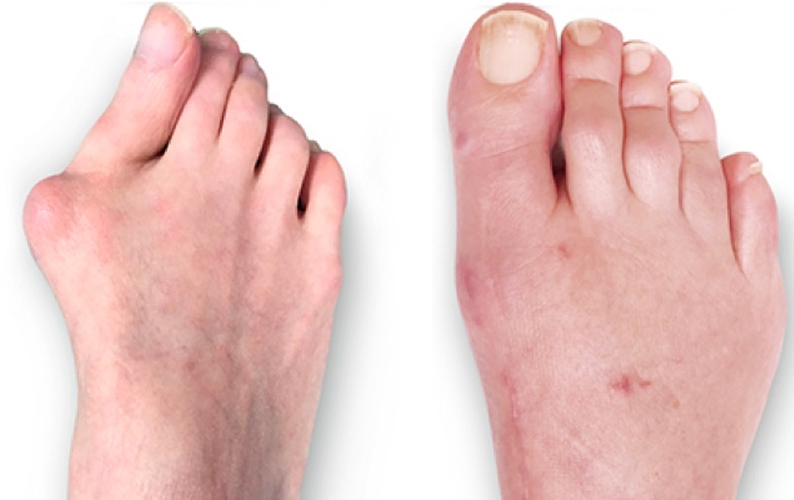

Toe Joint & Nerve Disorders
Toe and joint disorders—such as bunions, hammertoes, arthritis, and gout—can lead to pain, stiffness, and difficulty with footwear and mobility.

Toenail Fungus, Ingrown Toenails, and Other Issues
Toenail issues like ingrown nails, fungal infections, thickened nails, and trauma can cause pain, swelling, and embarrassment.
